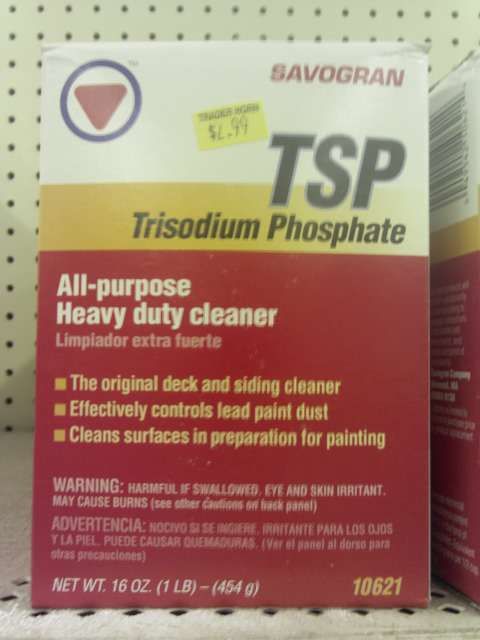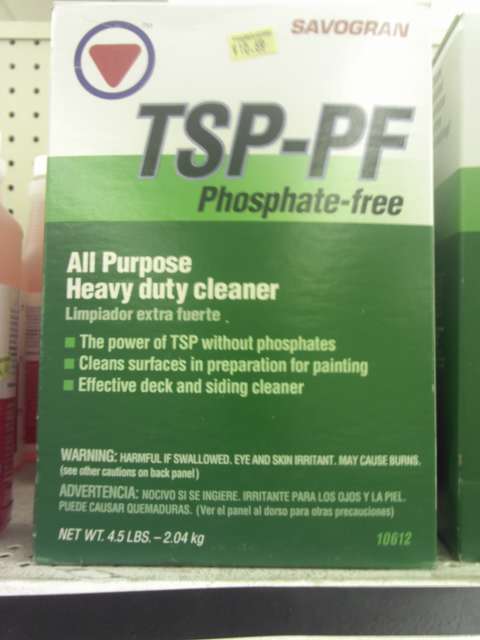New_Guy_Brad
Member
- Joined
- Mar 17, 2012
- Messages
- 76
- Reaction score
- 2
I have been reading and it seems some people are using a mix of Red devil tsp/90 and oxy clean free as a cheaper replacement for pbw.
I was going to try this myself, i picked up the oxy clean free and went to a few hardware stores for the red devil tsp/90 only to find none of them carry that brand.
Can i use other tsp products or the other tsp phosphate free instead of the red devil tsp/90 ill post a couple pics below


I was going to try this myself, i picked up the oxy clean free and went to a few hardware stores for the red devil tsp/90 only to find none of them carry that brand.
Can i use other tsp products or the other tsp phosphate free instead of the red devil tsp/90 ill post a couple pics below







